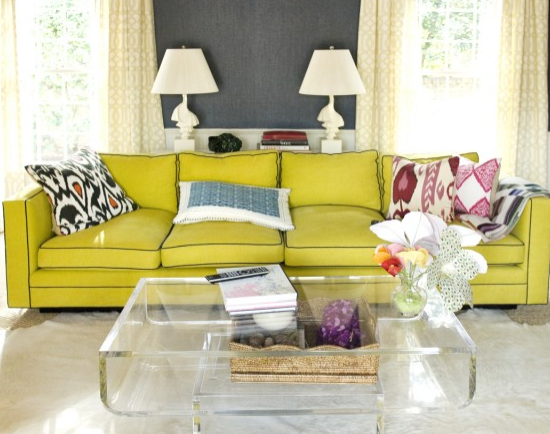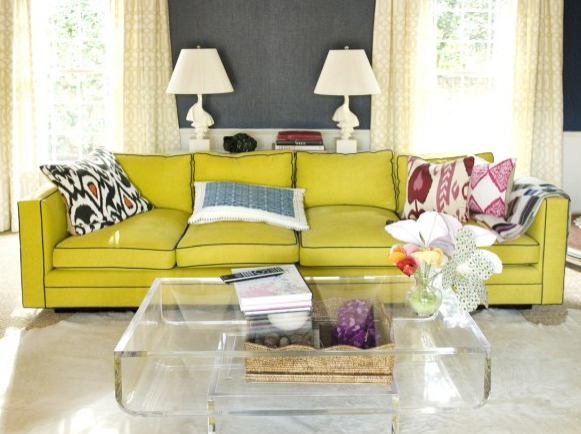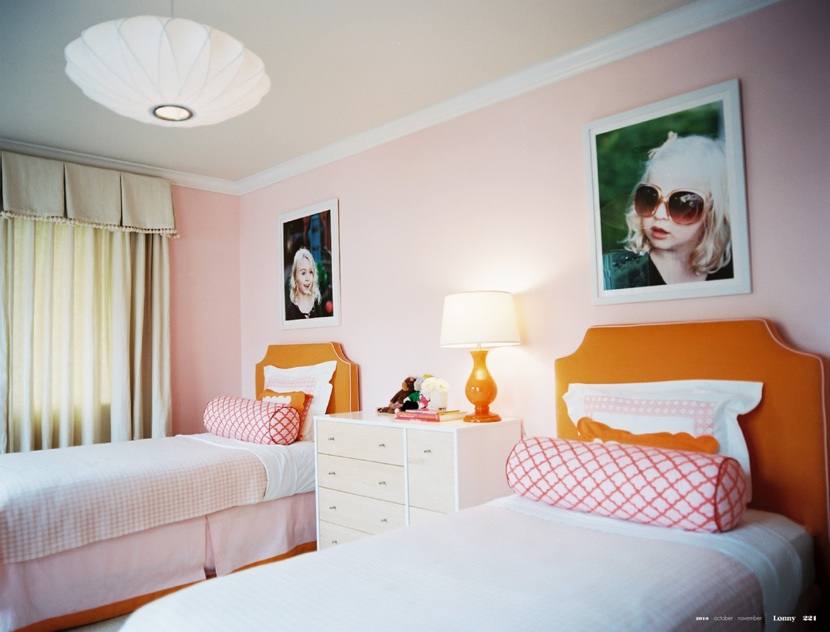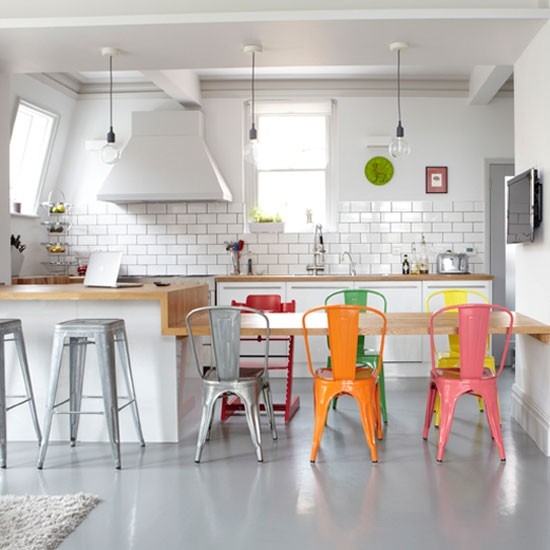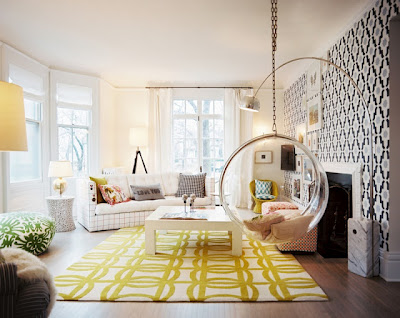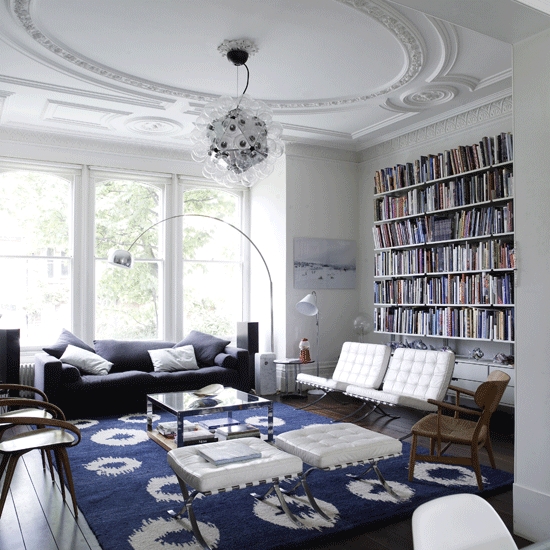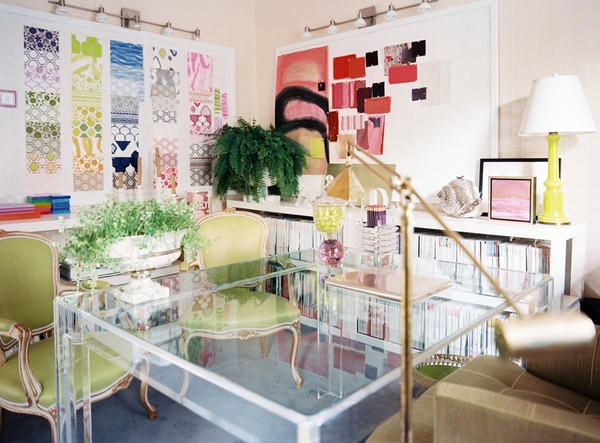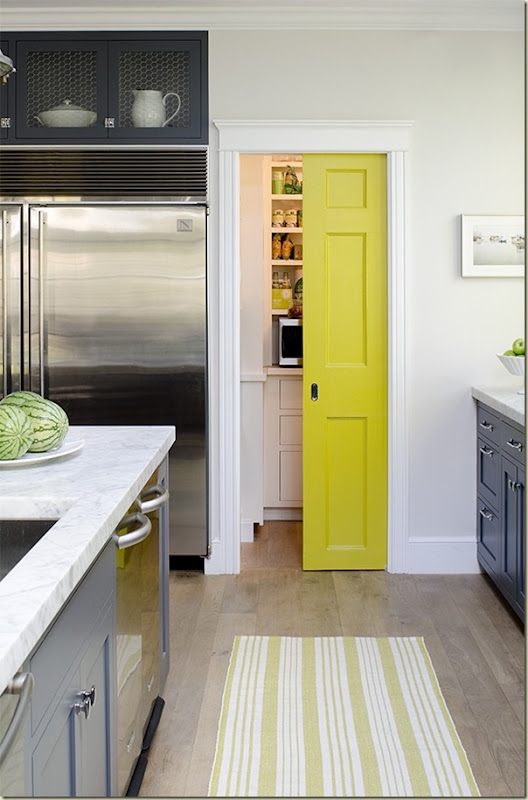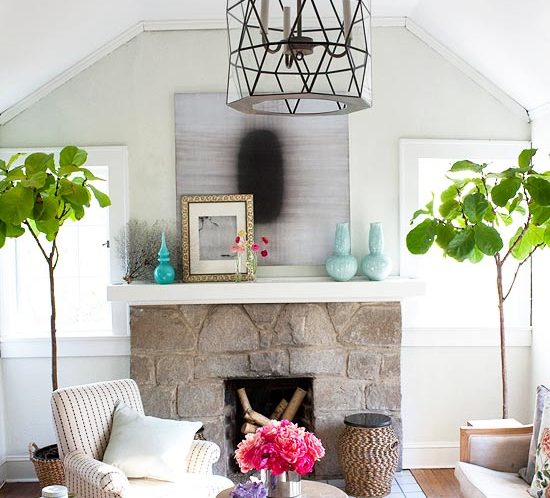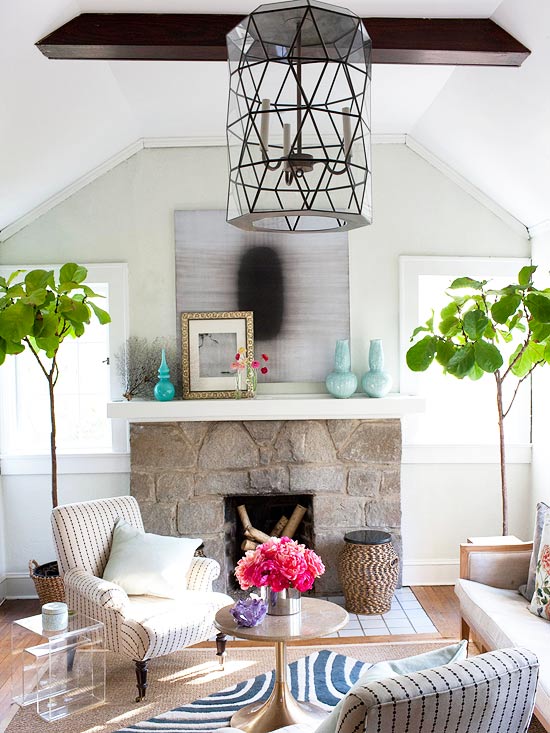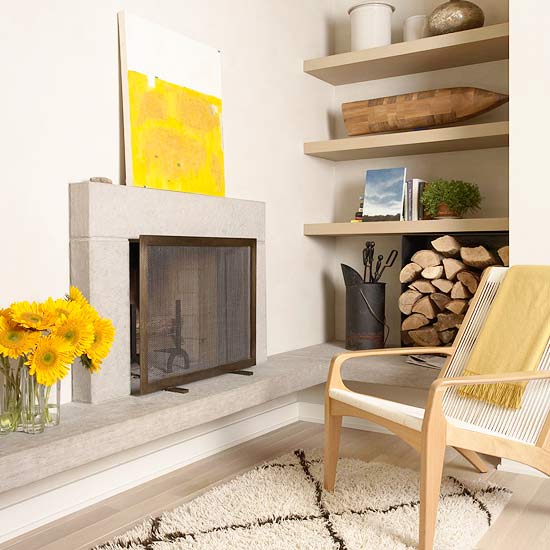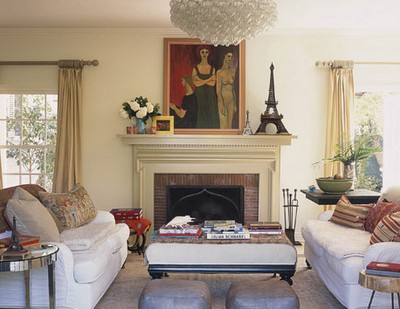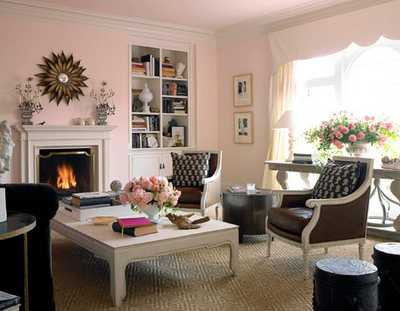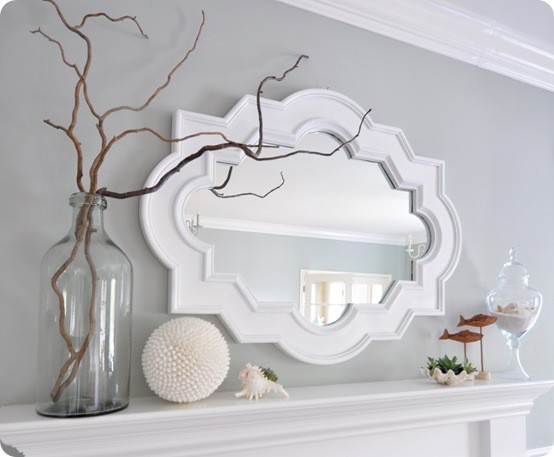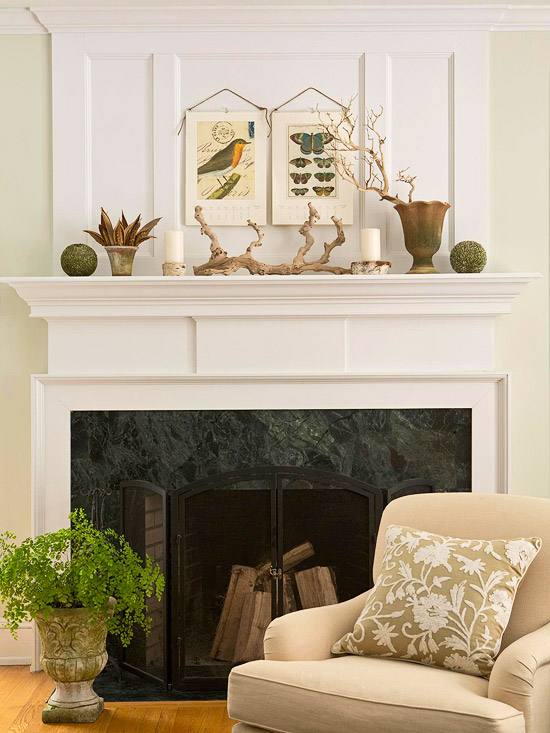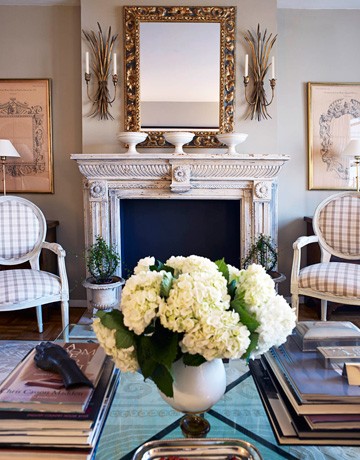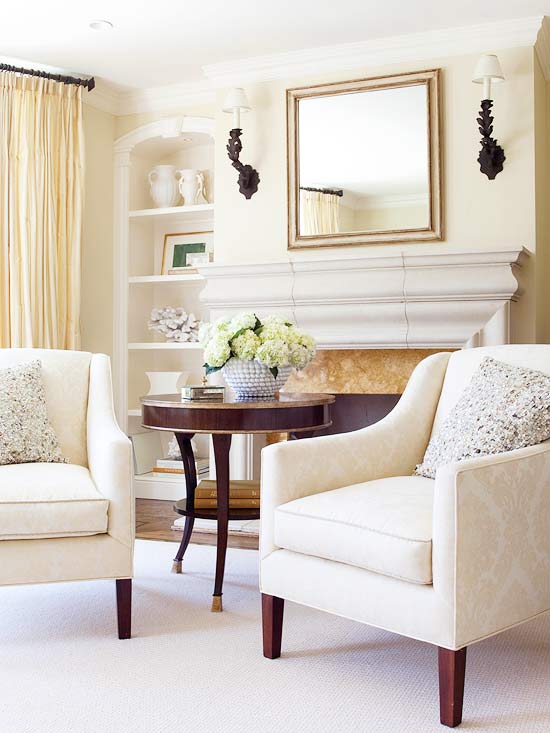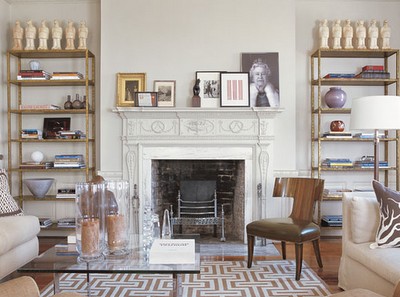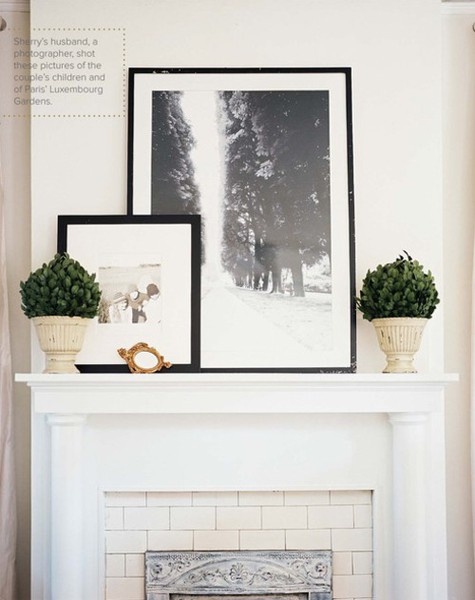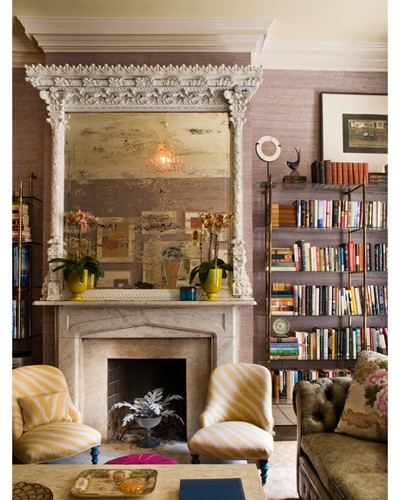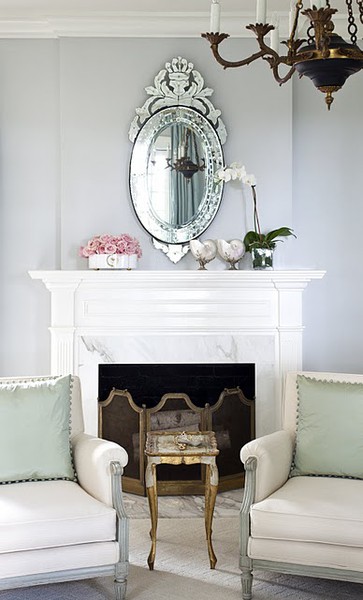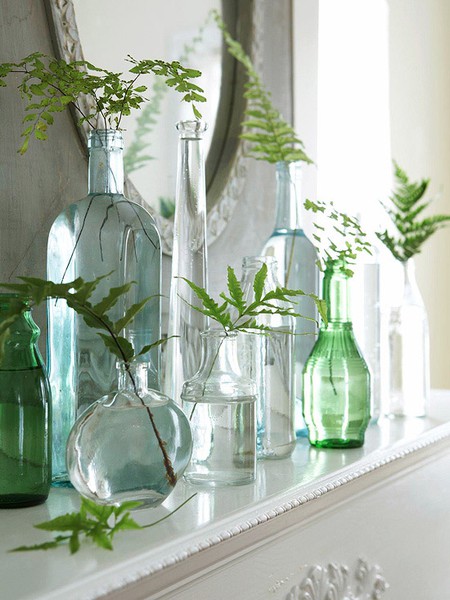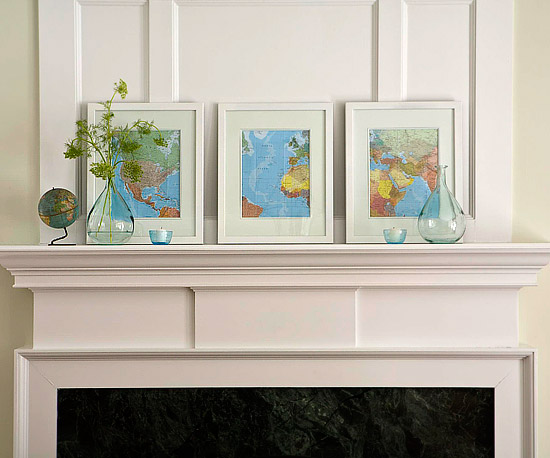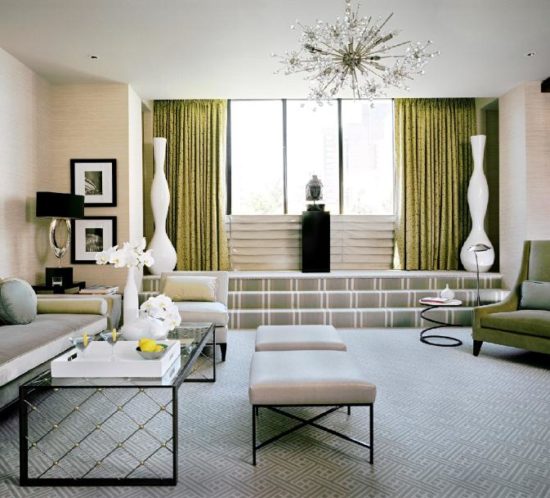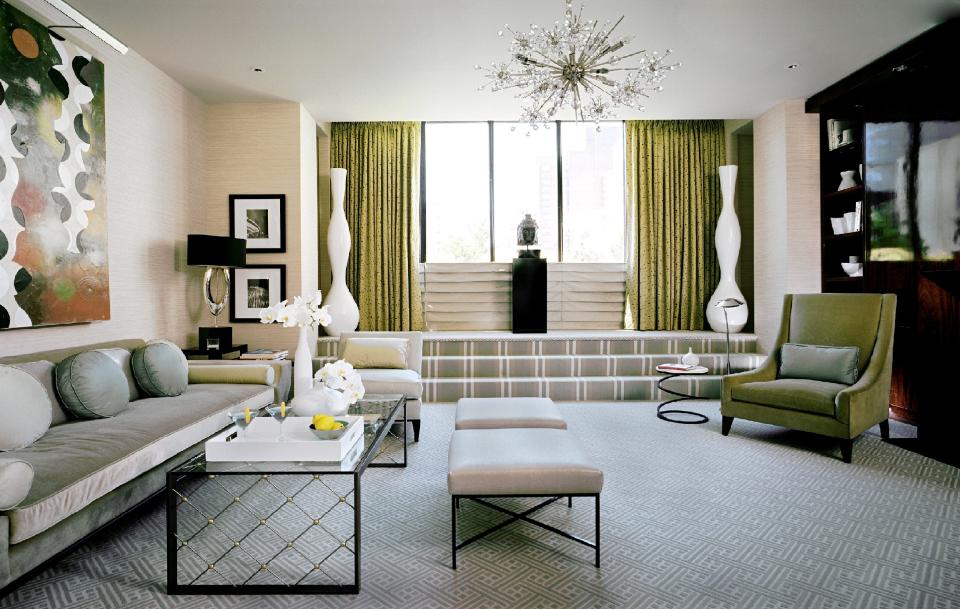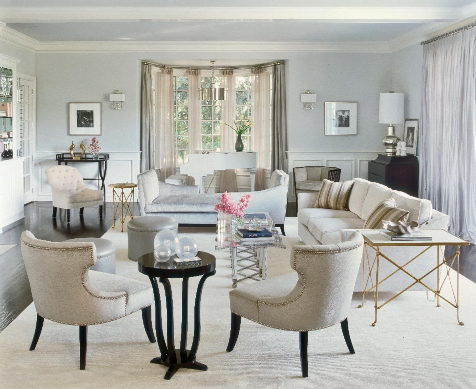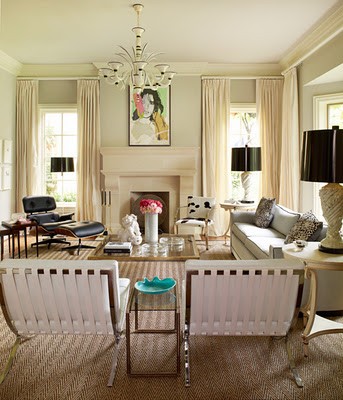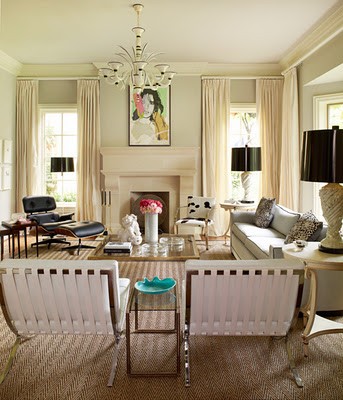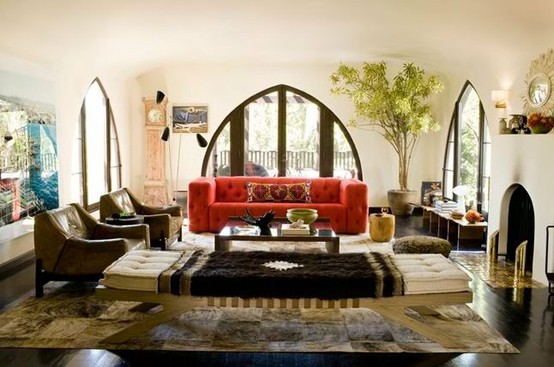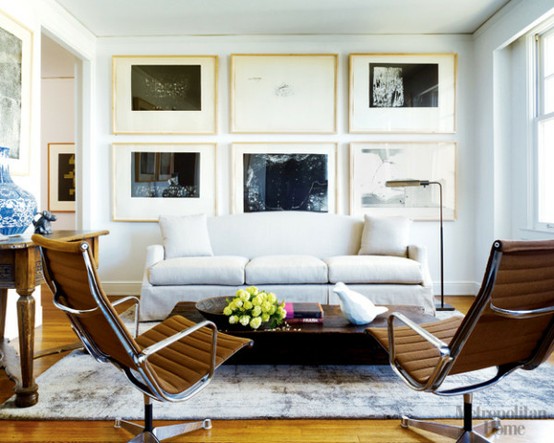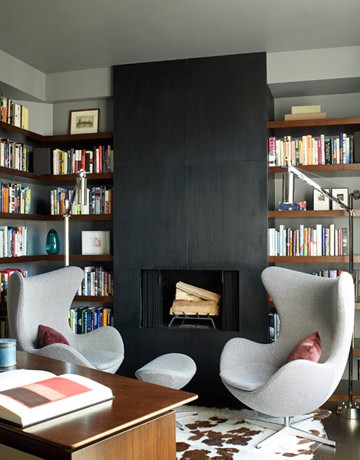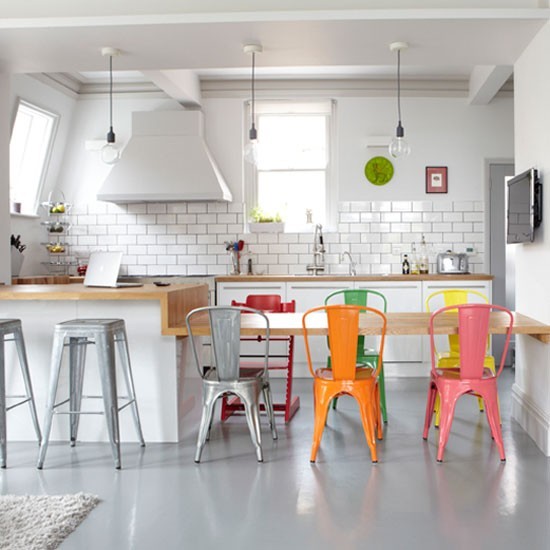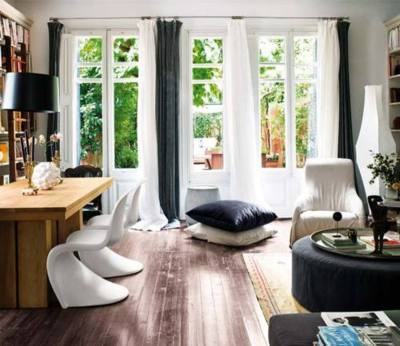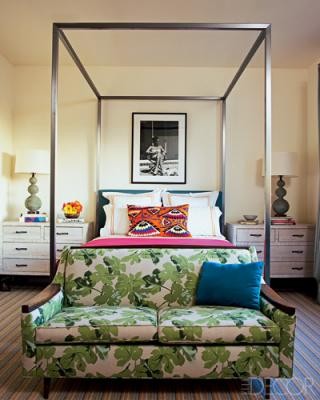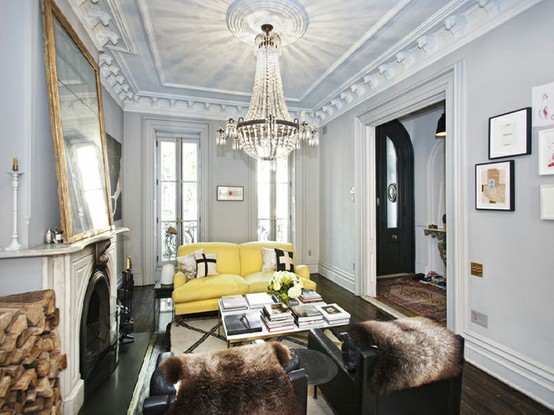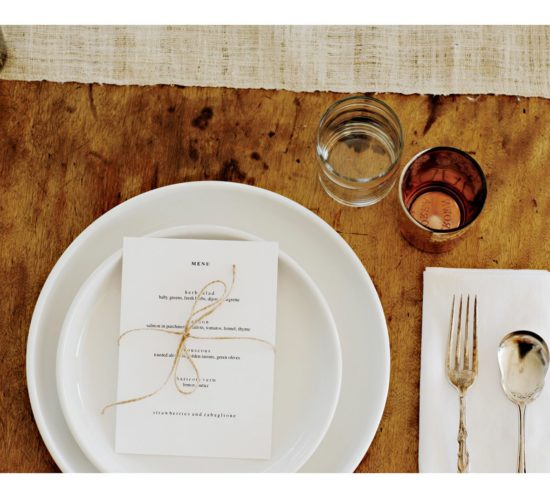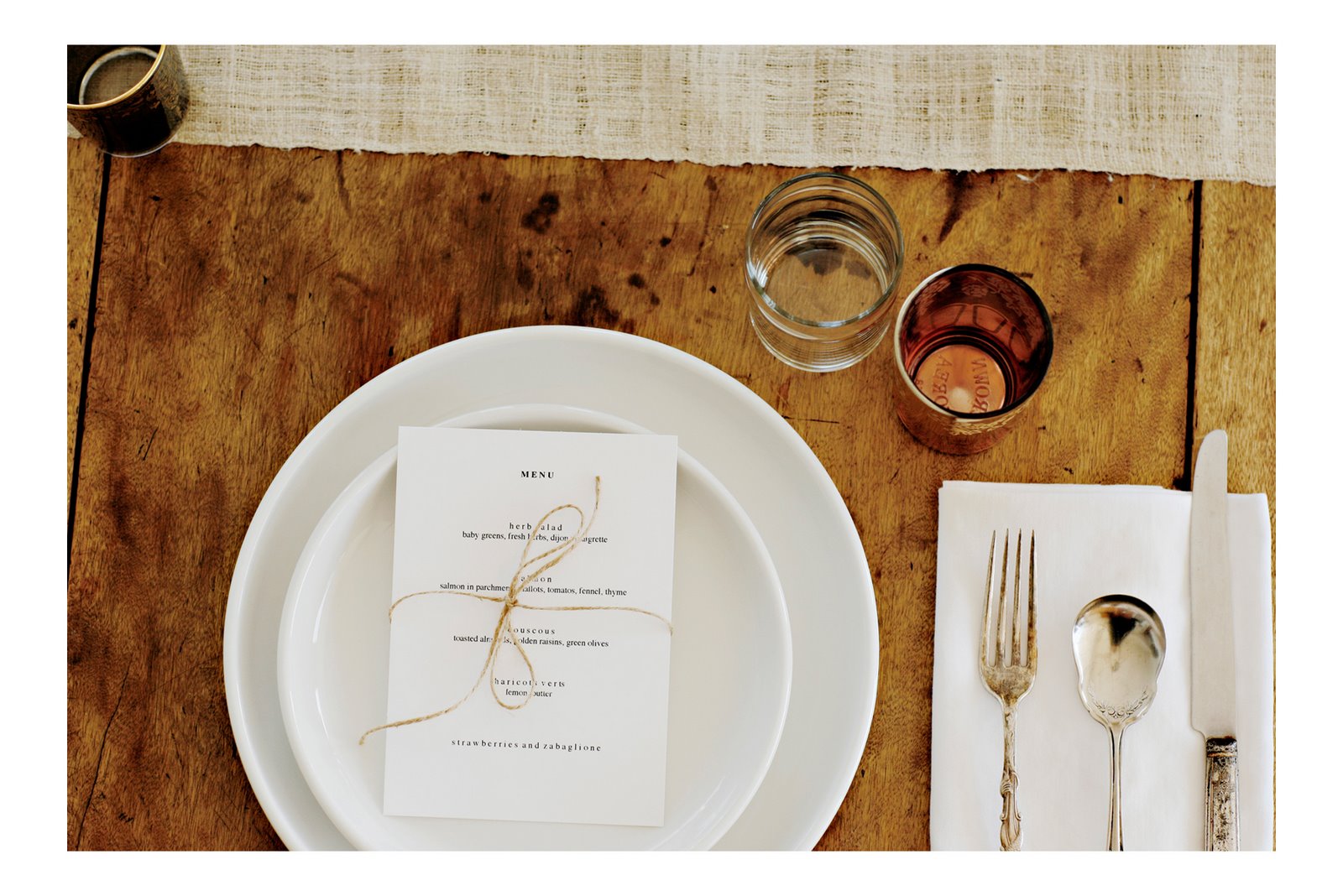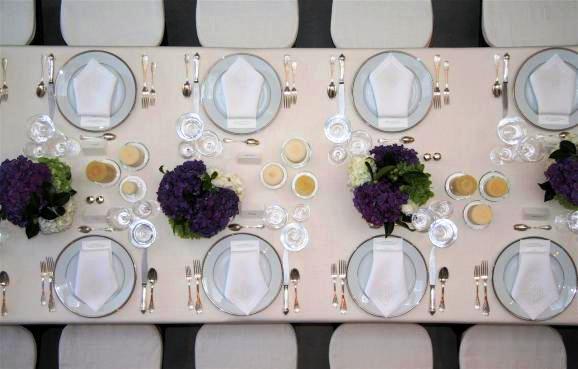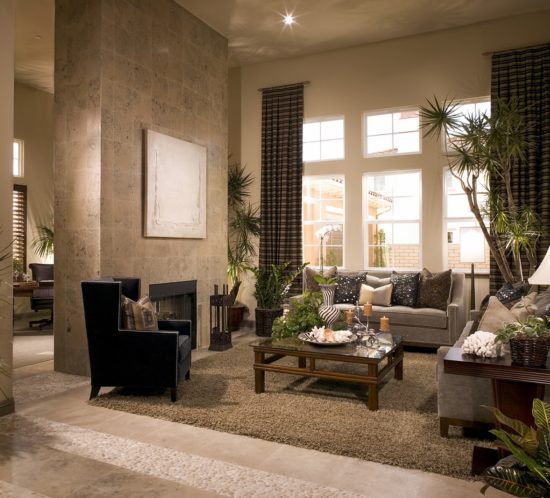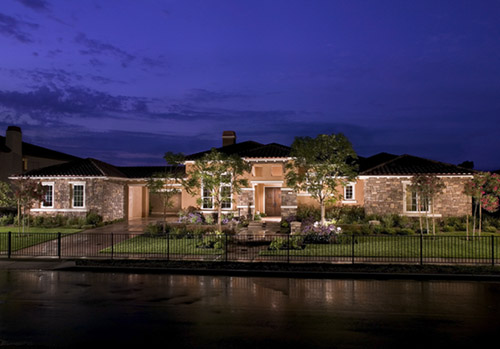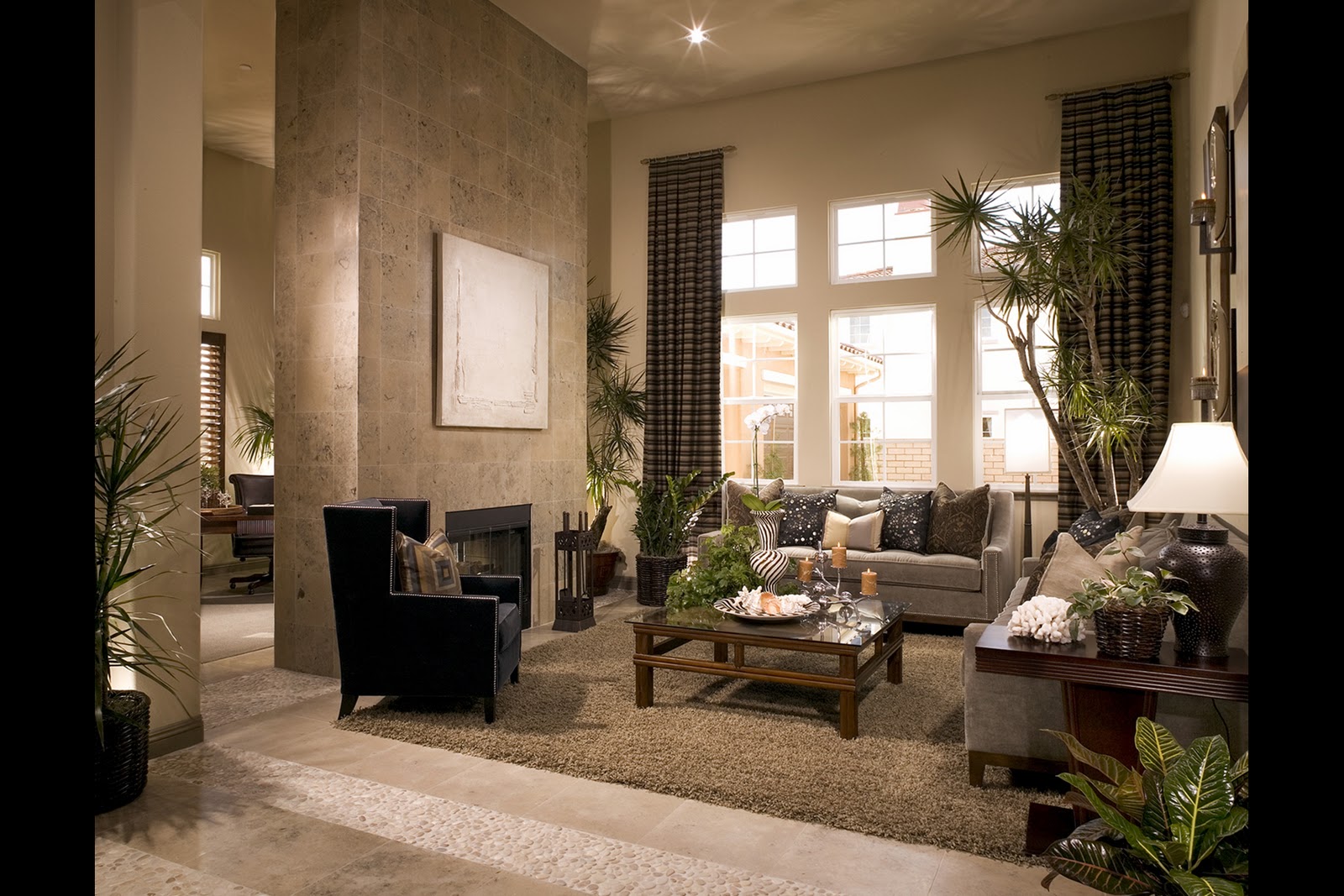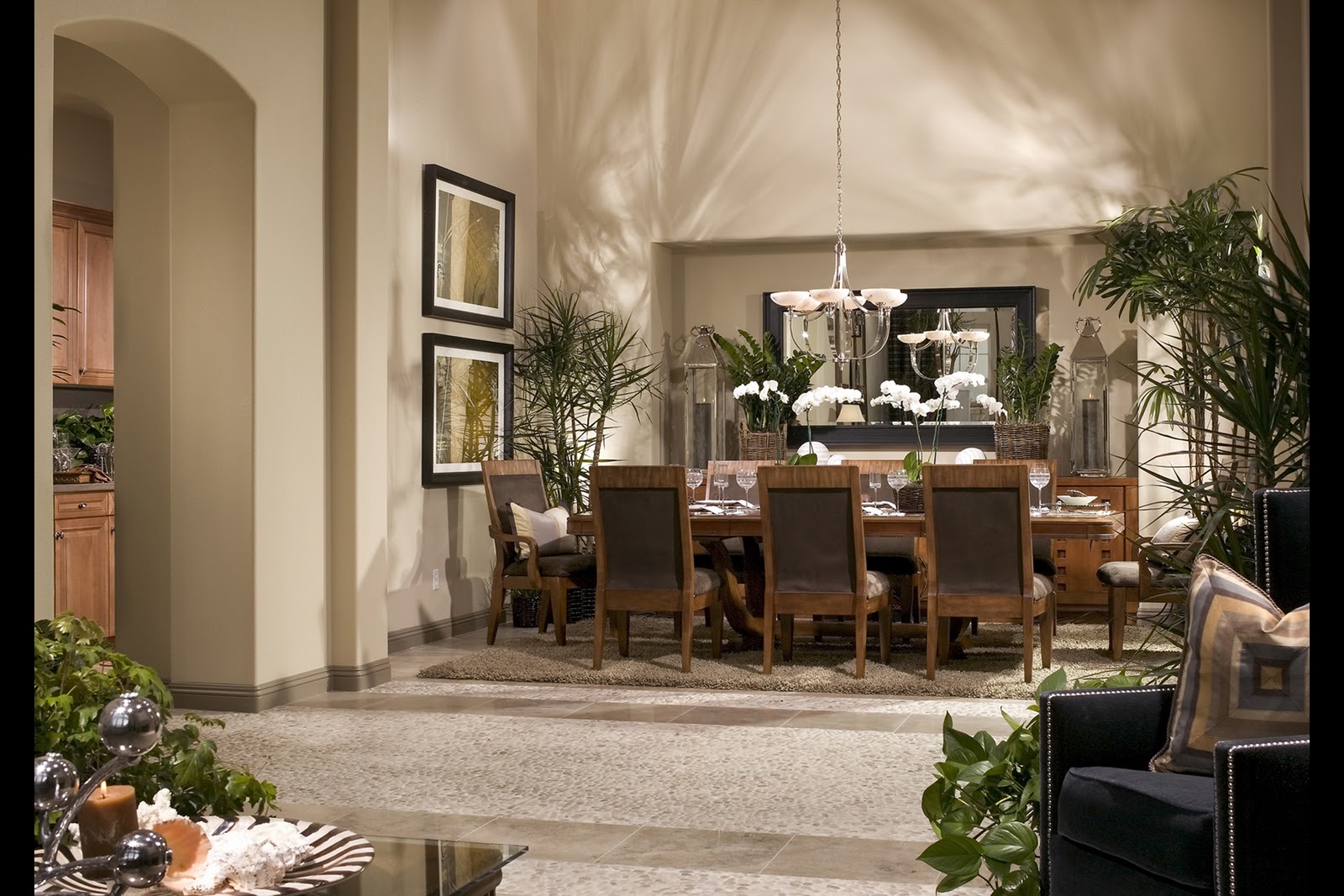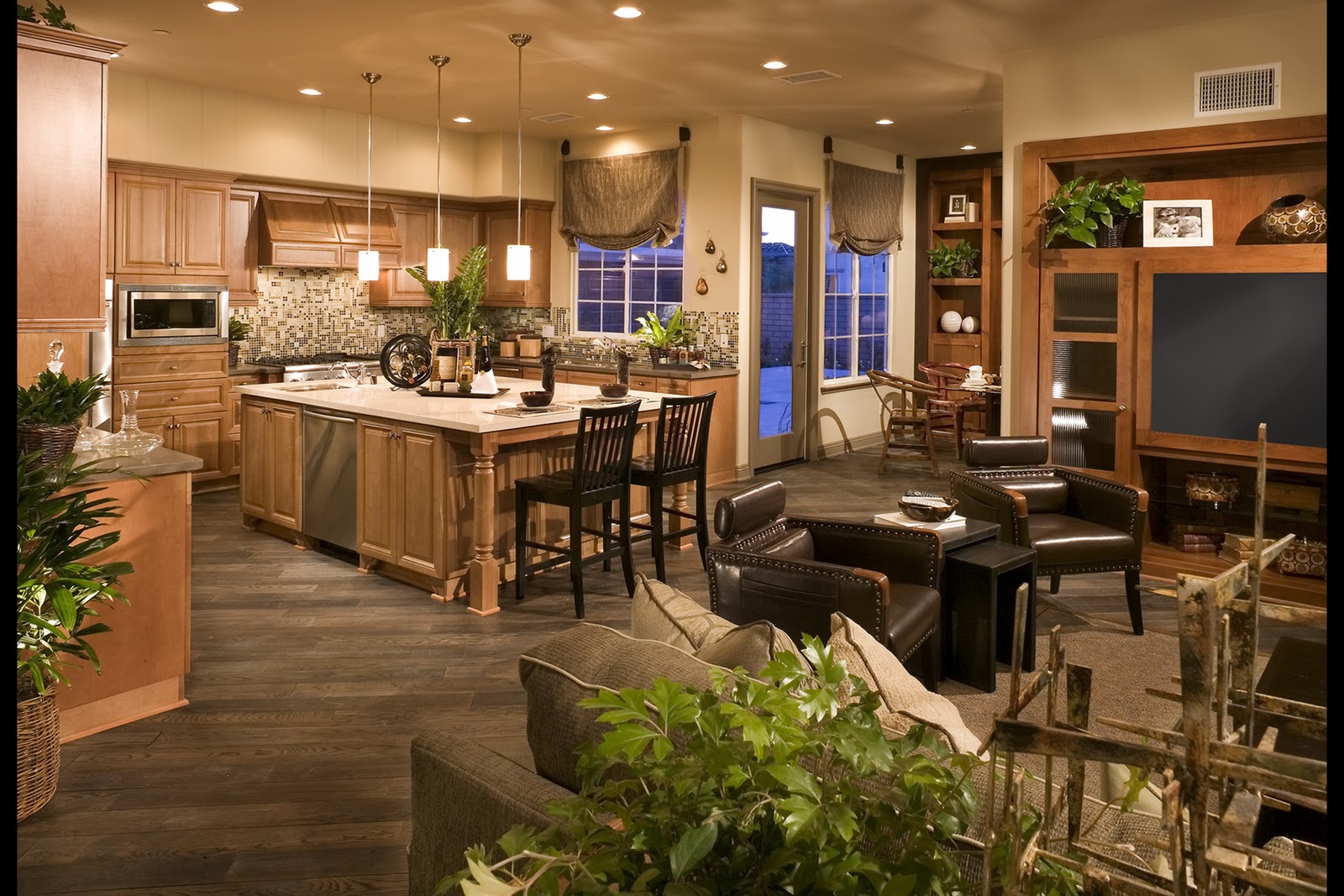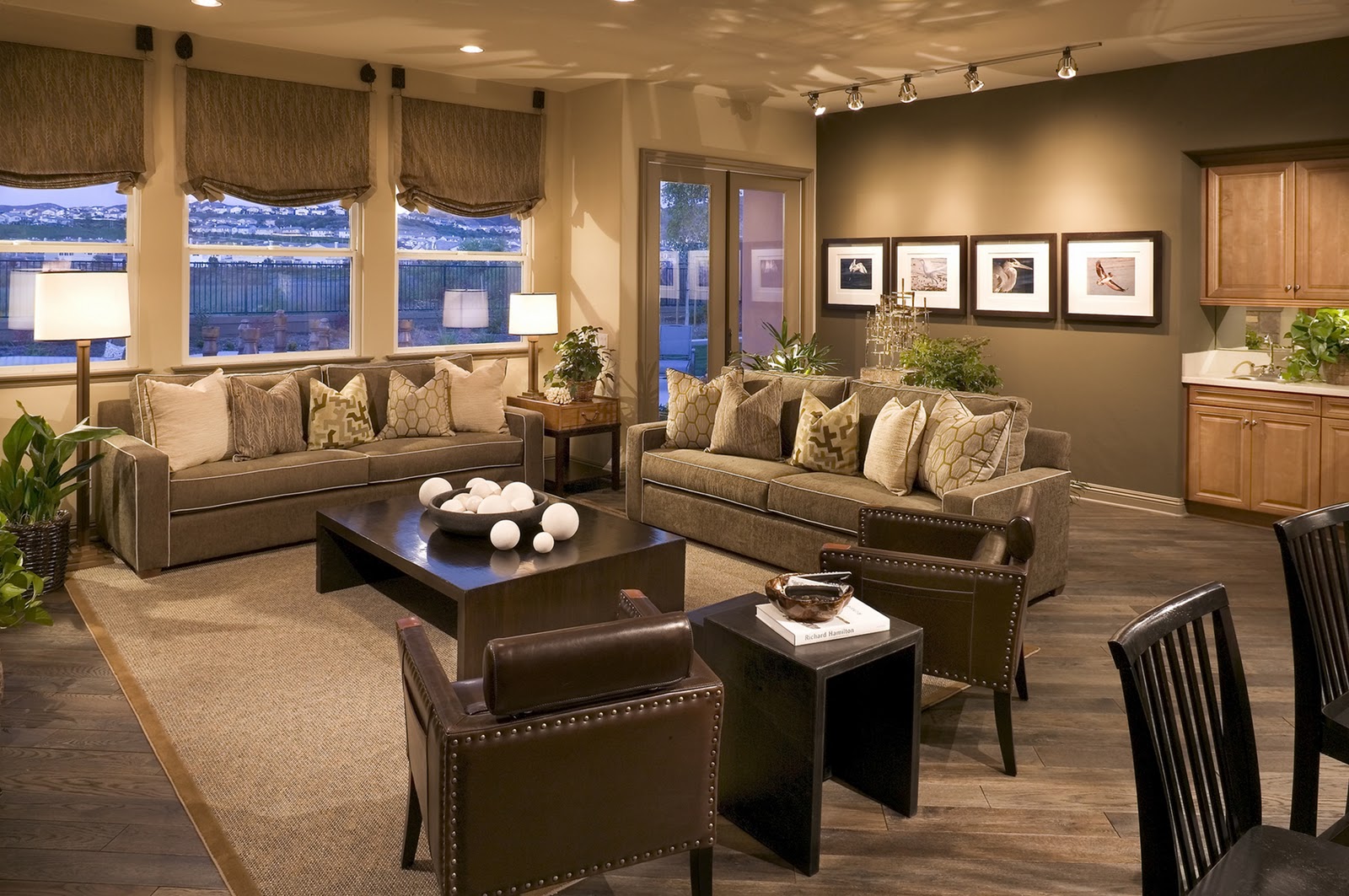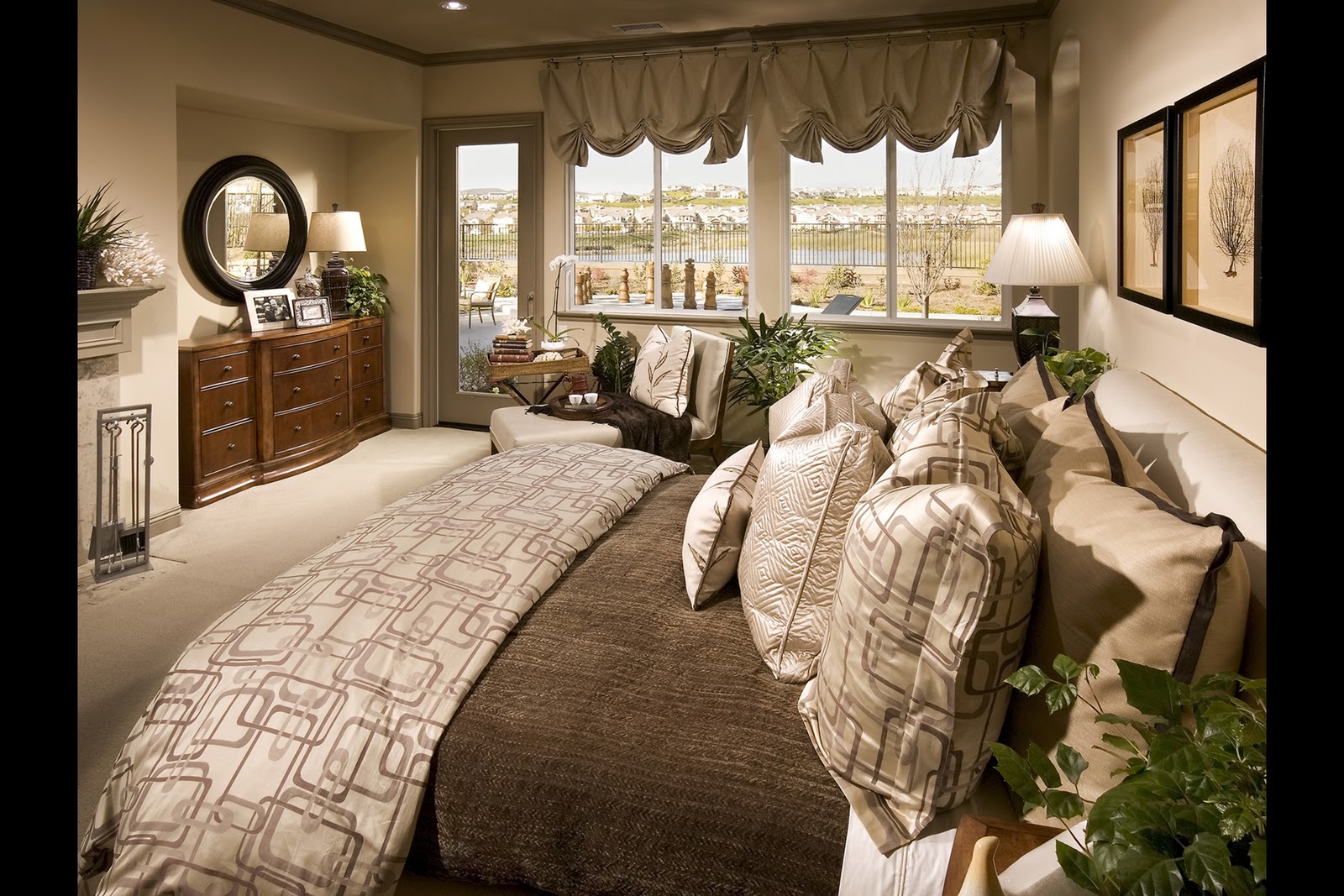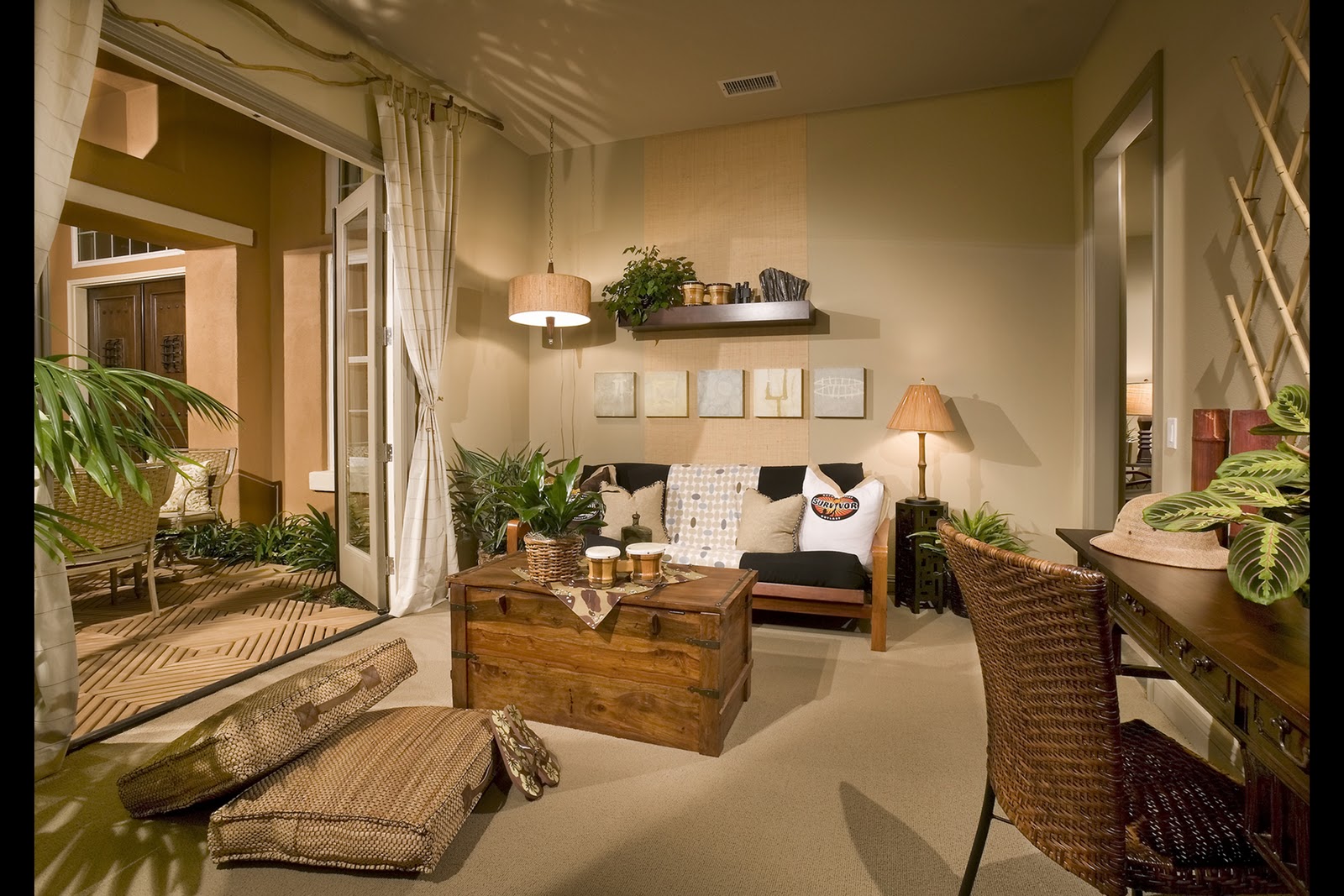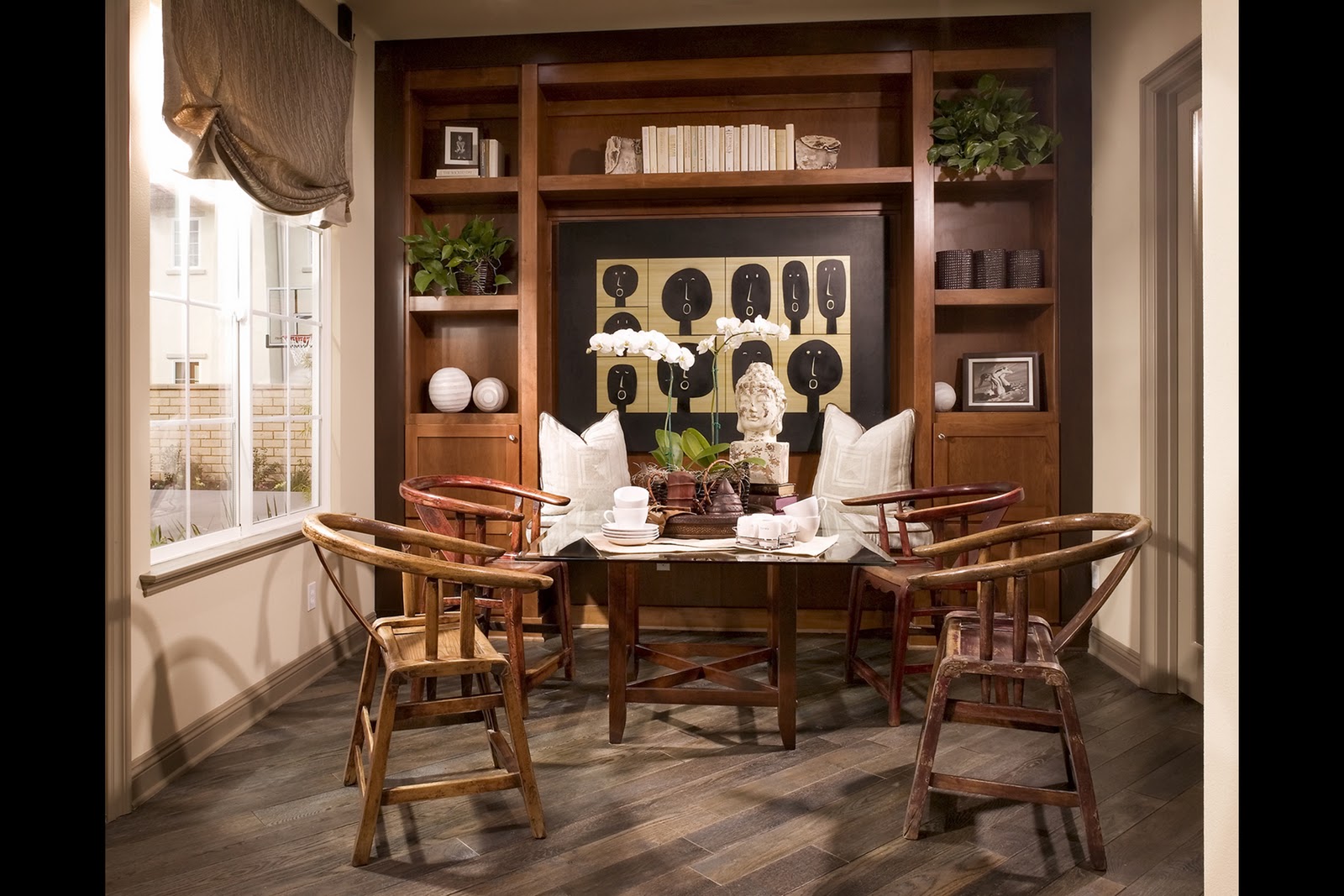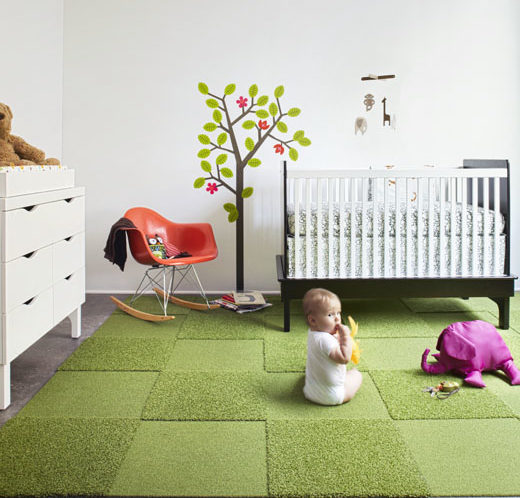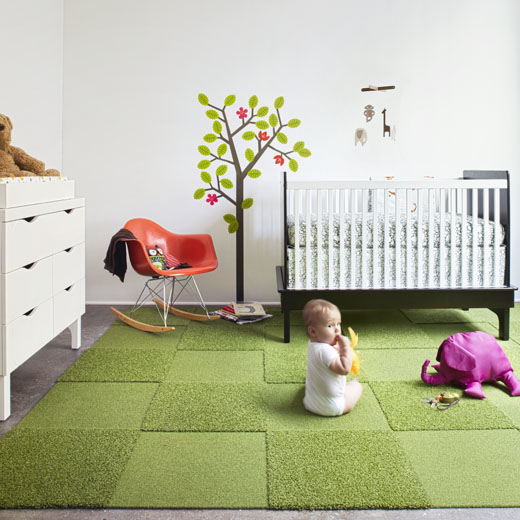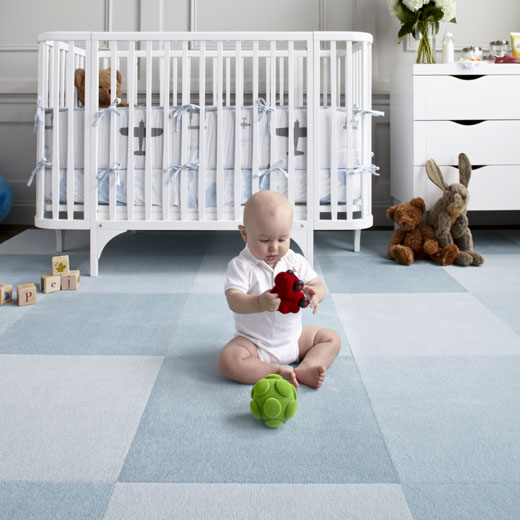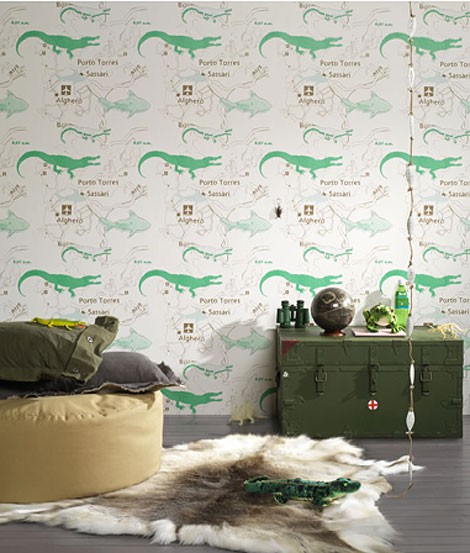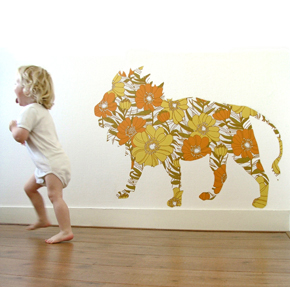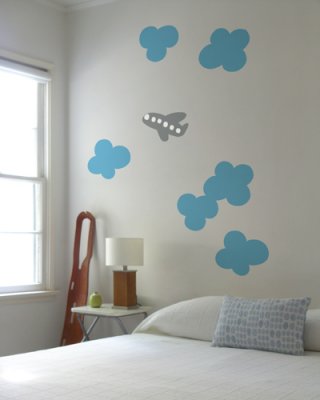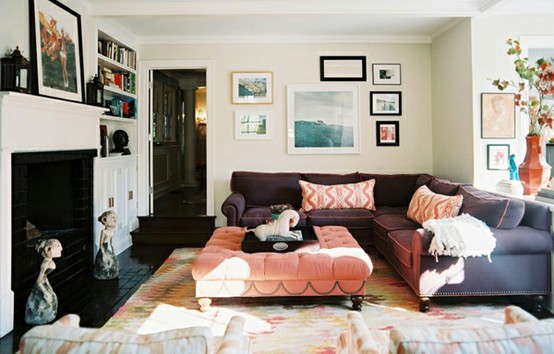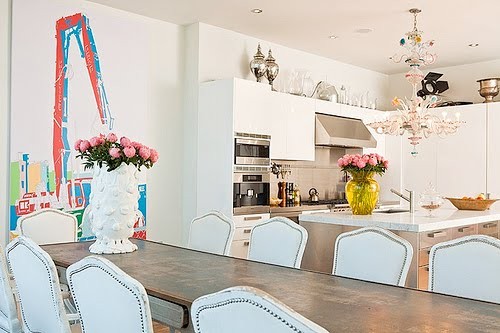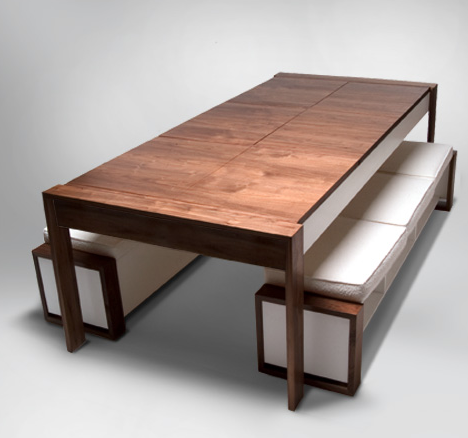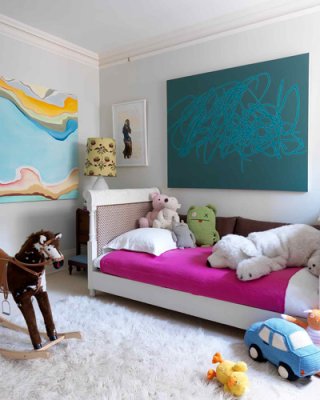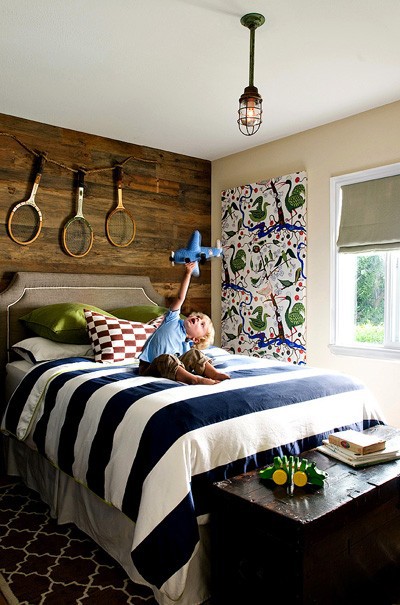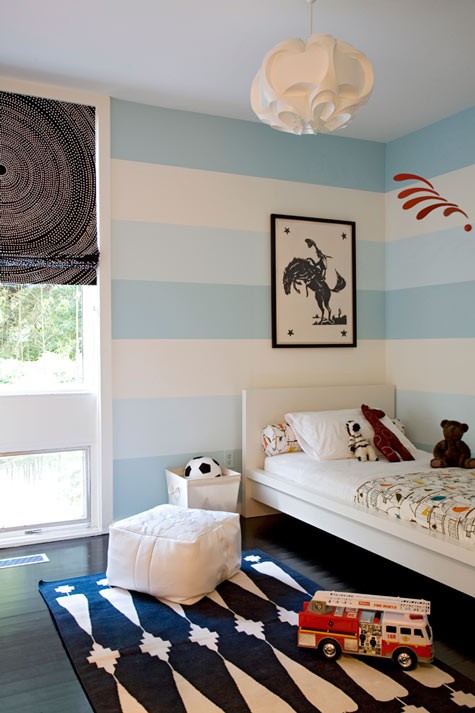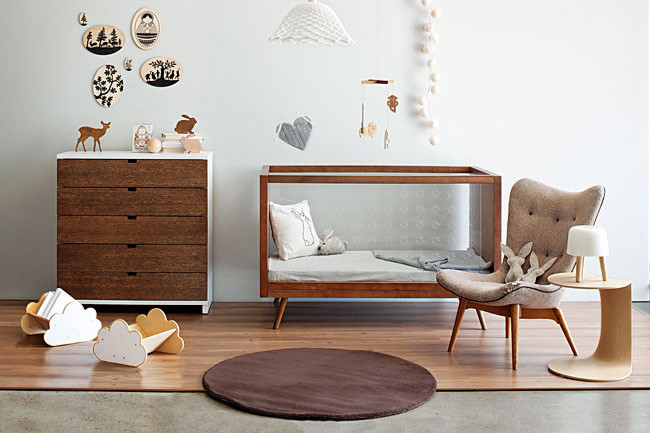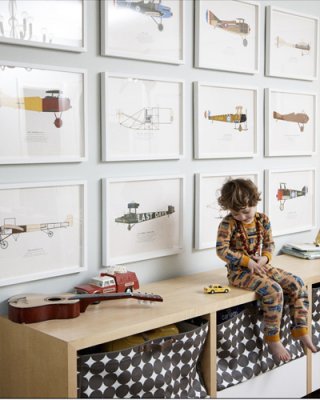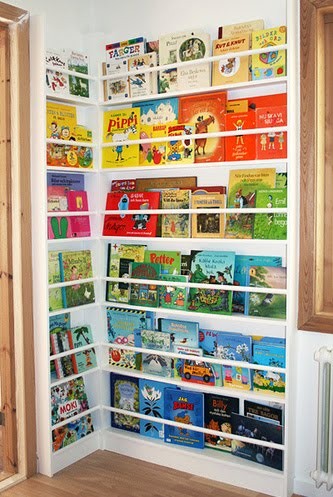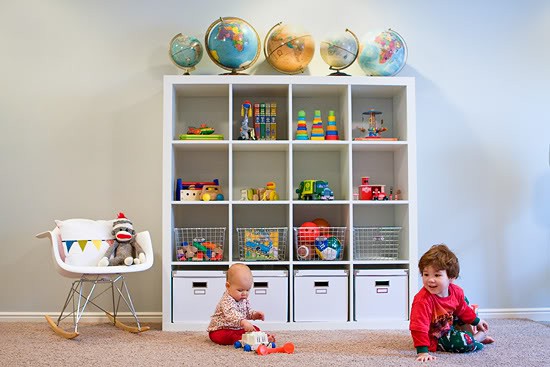Tricks for a More Comfortable Home: How Decorators Make a House Feel Cozy
Your home should be your sanctuary. And if you can’t be comfortable in your own house, where can you be comfortable? If you want to create a cozy environment that makes you (and your guests) feel at home, selecting a cozy and inviting decorating scheme is a wise choice. By carefully planning your home hues, arrangement and accents, you can craft the space that you look forward to coming home to. Here are some tricks that decorators use to make sure we’re creating a cozy space for our clients that also looks great:
Color Consistency
The mistake that most people make is that their walls, floors, and upholstery don’t work together. Keep your color palate consistent! Base selections are the most important, so think about color blocking. Look at the big blocks of color in your room (the walls, the couch, the area rug) and how you’re blocking them out- make sure they’re all complimentary to one another. For example, in the bedroom, pick a soothing color for the walls and then make sure you pull that in with your bedding. If your bedroom walls are blue make sure the comforter has at least a hint of blue in it. But don’t try to match it or buy a blue bedspread. The sameness will feel overwhelming and definitely not comfy.
Scale of Furnishings
Making sure your seating is comfortable is very important for a cozy home. Standard seat height is 17 inches so keep that in mind. It’s important to not feel like you or your guests are sinking into the ground and people don’t want to feel like they’re squatting. Make seats at comfortable heights and also make sure your furniture is spaced well so you’re comfortable. For the dining room table, a standard width is 36-40 inches across. Some people like the look of a wider table, or think they need it so there’s plenty of room for table settings and food. However, this makes casual conversation more difficult so use a sideboard of you need more room for food and other plates.
Lighting
Dimmers are important to create a moody setting. Overhead lighting in particular can potentially be very harsh if you don’t have your lights on dimmers. You can also create soft lighting with lamps. Place them throughout your home and rely on them solely for those times you want to make the mood particularly cozy.
Accessories
Remove the clutter! People often think they need to pack their house full of knick-knacks to make it feel cozy but it actually creates the opposite effect and makes people feel at ill-ease. Keep it clean and simple. Some family photos and a few decor accents in each room is all you need on tables and shelves- don’t be tempted to pack them with random items.
An easy trick to cozy up any room is to add pillows and throws to seating areas to make them more warm and inviting. Look for accent pieces in hues that correspond well with the patterns that you already have in your space. And in the colder months it’s nice to have extra blankets around the house. Buy a pretty throw that goes with your decor in each room and lay it out so anyone in the room has easy access. They won’t have to go through you cupboards looking for it or track you down to ask for it.

